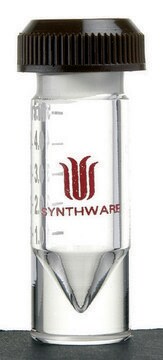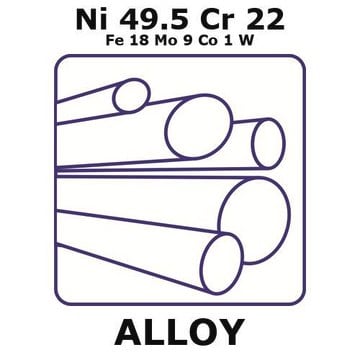GF02949486
Copper - O.F.H.C.
foil, 2m coil, thickness 0.05mm, hard, 99.95+%
Synonym(s):
Copper, CV000501
Sign Into View Organizational & Contract Pricing
All Photos(2)
About This Item
Empirical Formula (Hill Notation):
Cu
CAS Number:
Molecular Weight:
63.55
MDL number:
UNSPSC Code:
12141711
PubChem Substance ID:
NACRES:
NA.23
Recommended Products
Assay
99.95%
form
foil
manufacturer/tradename
Goodfellow 029-494-86
resistivity
1.673 μΩ-cm, 20°C
L × thickness
2 m × 0.05 mm
bp
2567 °C (lit.)
mp
1083.4 °C (lit.)
density
8.94 g/mL at 25 °C (lit.)
SMILES string
[Cu]
InChI
1S/Cu
InChI key
RYGMFSIKBFXOCR-UHFFFAOYSA-N
Related Categories
General description
For updated SDS information please visit www.goodfellow.com.
Legal Information
Product of Goodfellow
Certificates of Analysis (COA)
Search for Certificates of Analysis (COA) by entering the products Lot/Batch Number. Lot and Batch Numbers can be found on a product’s label following the words ‘Lot’ or ‘Batch’.
Already Own This Product?
Find documentation for the products that you have recently purchased in the Document Library.
Julie E Gleason et al.
Proceedings of the National Academy of Sciences of the United States of America, 111(16), 5866-5871 (2014-04-09)
The human fungal pathogens Candida albicans and Histoplasma capsulatum have been reported to protect against the oxidative burst of host innate immune cells using a family of extracellular proteins with similarity to Cu/Zn superoxide dismutase 1 (SOD1). We report here
Giulia Cheloni et al.
Aquatic toxicology (Amsterdam, Netherlands), 155, 275-282 (2014-07-30)
The present study showed the important role of light intensity and spectral composition on Cu uptake and effects on green alga Chlamydomonas reinhardtii. High-intenisty light (HL) increased cellular Cu concentrations, but mitigated the Cu-induced decrease in chlorophyll fluorescence, oxidative stress
Lelita T Braiterman et al.
Proceedings of the National Academy of Sciences of the United States of America, 111(14), E1364-E1373 (2014-04-08)
Wilson disease (WD) is a monogenic autosomal-recessive disorder of copper accumulation that leads to liver failure and/or neurological deficits. WD is caused by mutations in ATP7B, a transporter that loads Cu(I) onto newly synthesized cupro-enzymes in the trans-Golgi network (TGN)
L Marchand et al.
Environmental pollution (Barking, Essex : 1987), 193, 205-215 (2014-07-25)
Intra-specific variability of root biomass production (RP) of six rooted macrophytes, i.e. Juncus effusus, Phragmites australis, Schoenoplectus lacustris, Typha latifolia, Phalaris arundinacea, and Iris pseudacorus grown from clones, in response to Cu exposure was investigated. Root biomass production varied widely
Alina Fedoseienko et al.
Annals of the New York Academy of Sciences, 1314, 6-14 (2014-04-05)
Copper is an important cofactor in numerous biological processes in all living organisms. However, excessive copper can be extremely toxic, so it is vital that the copper level within a cell is tightly regulated. The damaging effect of copper is
Our team of scientists has experience in all areas of research including Life Science, Material Science, Chemical Synthesis, Chromatography, Analytical and many others.
Contact Technical Service





